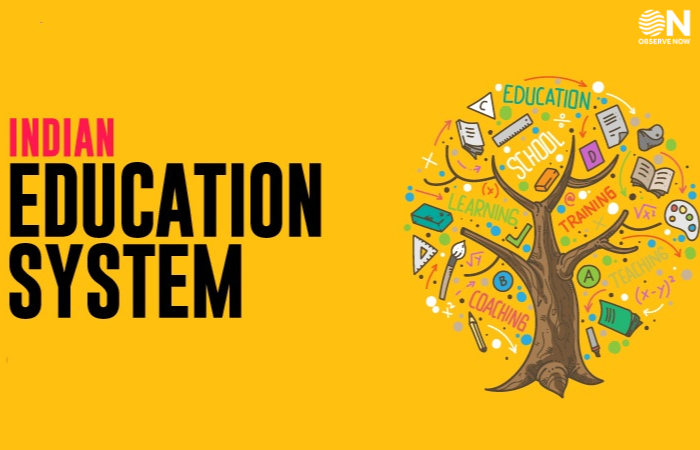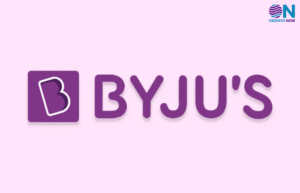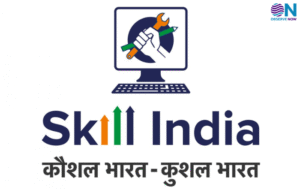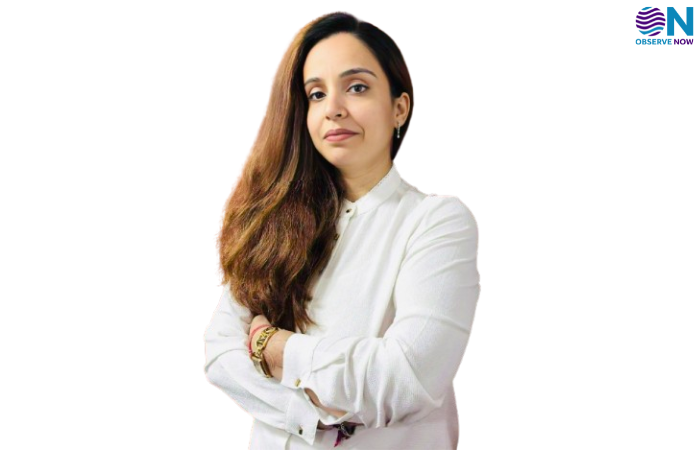India’s Educational Landscape Undergoes a Troubling Transition

The Indian education system is witnessing a significant transformation, but experts warn that not all the changes are headed in the right direction. Recent developments, ranging from policy shifts to increased commercialization, have raised concerns among educators and stakeholders about the long-term implications for equity, access, and academic freedom.
In recent years, there has been a visible drift in educational priorities, particularly in the higher education sector. While the introduction of the National Education Policy (NEP) 2020 was hailed as a landmark moment with its promises of flexibility and holistic learning, critics argue that the implementation phase has triggered a series of structural changes that risk undermining core educational values.
One of the major concerns stems from the growing push toward centralization. Institutions that once enjoyed academic autonomy are increasingly being brought under tighter administrative control. Several universities report a growing alignment of academic programs and curriculum structures with national agendas, often at the cost of regional diversity and institutional independence.
Another worrying trend is the rapid commercialization of education. The proliferation of private institutions, often focused more on market-driven courses than foundational research and critical thinking, has led to a commodification of learning. Students, especially from economically disadvantaged backgrounds, face mounting financial pressure, with high fees and limited scholarships in many private universities.
Furthermore, the focus on employability and vocational training, though important, has sometimes overshadowed the broader objectives of education—critical inquiry, creativity, and civic engagement. Analysts argue that reducing education to a pipeline for job-ready graduates risks narrowing the intellectual scope of future generations.
The decline in public investment in higher education is also a pressing issue. Budget allocations have not kept pace with inflation or the growing student population, leading to infrastructural gaps and faculty shortages in many government-run institutions.
However, not all is bleak. The push for digital inclusion and interdisciplinary learning, as envisioned in NEP 2020, has potential. If implemented thoughtfully, it could bridge learning gaps and modernize curricula. But the pace and mode of rollout remain areas of contention.
Parents and students have expressed mixed reactions. While some welcome the changes for introducing innovation and new opportunities, others feel overwhelmed by the speed of transition and lack of clarity in communication.
As India charts a new course for its education system, the challenge lies not only in adapting to change but ensuring that the journey forward remains rooted in democratic and equitable values.
















